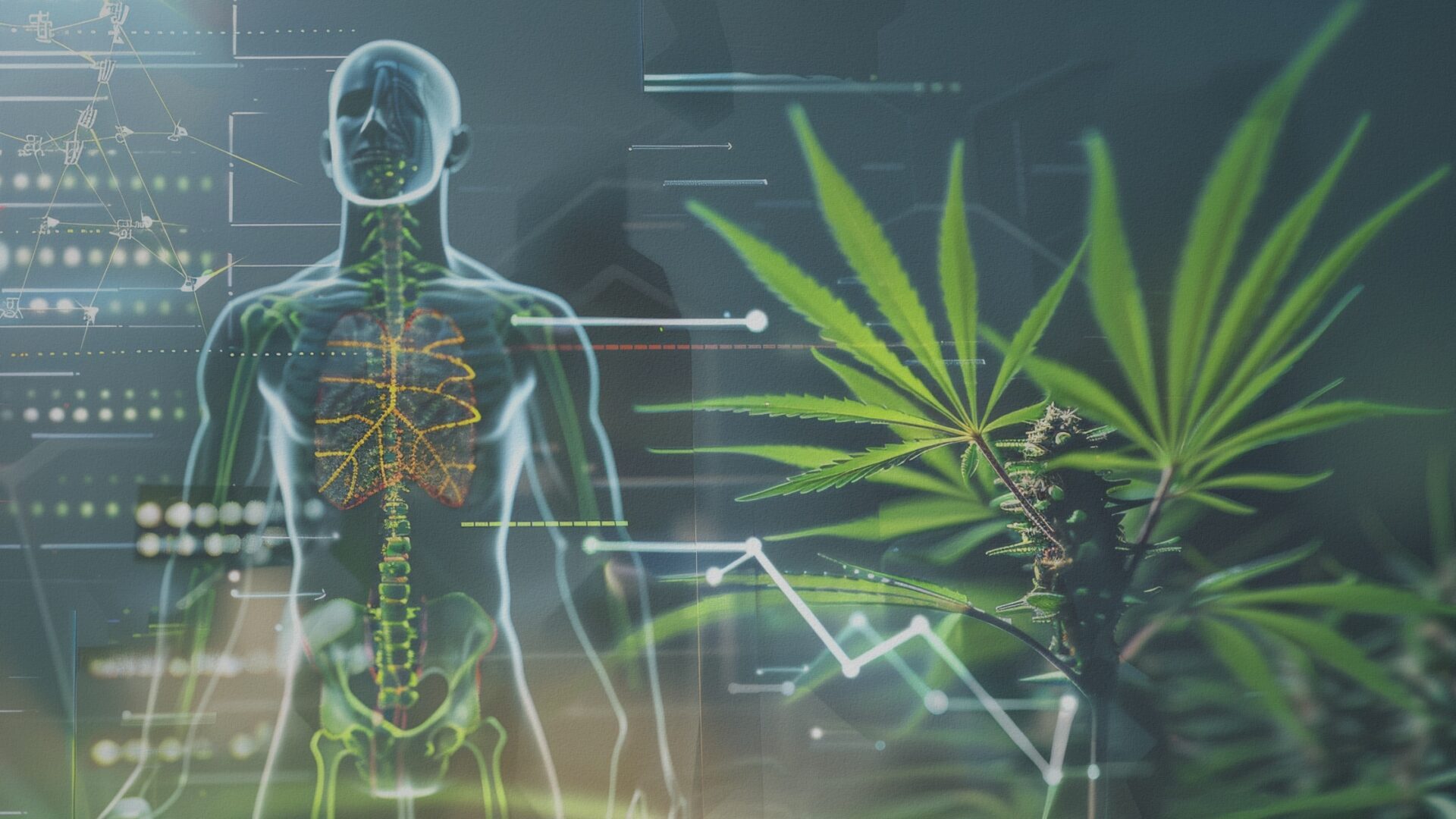
Welcome back to Cannabinoid Deep Dive — our series where we explore the many faces of cannabis beyond just THC and CBD. In each issue, we unpack a different cannabinoid, explain how it works with your body, and explore why it matters for your health and wellness.
Today, we’re talking about CBG (cannabigerol) — often called the Mother of All Cannabinoids. Why? Because without it, you wouldn’t have THC, CBD, or a lot of the other cannabinoids we’re just beginning to understand.
What Is CBG?
CBG might not be as well-known as THC or CBD, but it plays a starring role behind the scenes. It starts as CBGA (cannabigerolic acid), which is the very first cannabinoid acid formed in the cannabis plant. From there, enzymes help convert it into other major cannabinoids like THCA, CBDA, and CBCA. When these acidic compounds are heated, they become the active forms we know as THC, CBD, and CBG.
So while CBG is usually found in small amounts in most strains, it’s absolutely essential. Some modern growers are even breeding cannabis strains specifically to retain more CBG by slowing down that natural conversion process.
Why We’re Just Learning About It Now
You might be wondering: if CBG was discovered back in 1964 (by none other than Dr. Raphael Mechoulam), why are we only hearing about it now? Simple: cannabis was labeled a Schedule 1 drug in 1970, right alongside heroin and LSD. That classification made it nearly impossible to study.
Before that, the Marihuana Tax Act of 1937 had already thrown a wrench in the works, and even the cannabis used in federally approved research wasn’t representative of what people were actually consuming. It wasn’t until states began creating their own medical and recreational programs that researchers could really dig in and start studying cannabis properly.
What CBG Might Help With
CBG is non-psychoactive, meaning it won’t get you high. But what it might do is pretty impressive. Early research shows CBG has anti-inflammatory properties that could help with arthritis, IBD, and chronic pain. It may also have neuroprotective effects, potentially benefiting conditions like Parkinson’s, Alzheimer’s, and Huntington’s.
It’s also being studied for its ability to reduce intraocular pressure (great news for glaucoma sufferers), stimulate appetite, and offer anxiety and depression relief without the side effects of pharmaceuticals.
CBG has shown antibacterial power, too — especially against tough-to-kill bugs like MRSA. It might even help with skin issues like eczema, acne, and psoriasis, thanks to its ability to calm inflammation and fight bacteria.
And while it’s still early, there’s growing curiosity around CBG’s potential role in cancer treatment, especially in relation to how it might affect cell growth.
Looking Ahead
CBG may be present in tiny amounts in most cannabis strains, but its potential is anything but small. As modern science catches up to ancient wisdom, cannabinoids like CBG are starting to take the spotlight.
With more research, better access, and smarter cultivation, we’re finally starting to unlock what this plant can really do. And CBG? It just might be leading the charge.
In the next issue, we’ll take a closer look at CBN — “The Sleepy One.” Stay tuned!
Love Tucson food? So do we. That’s why our stories are free to read — and focused on the chefs, farmers, and restaurants that make Tucson so delicious.
👉 Get exclusive perks & support local with the Foodie Insiders Club and learn how to eat local year-round.